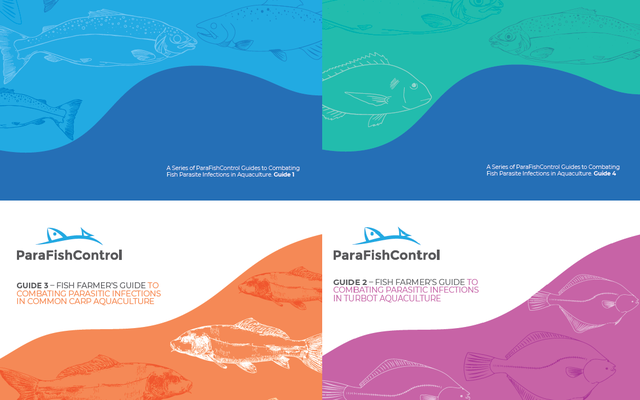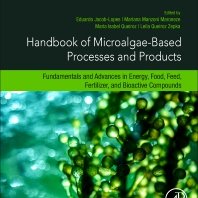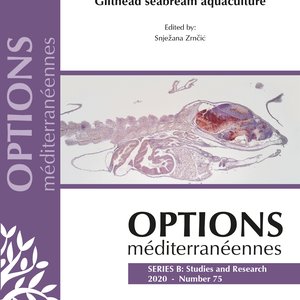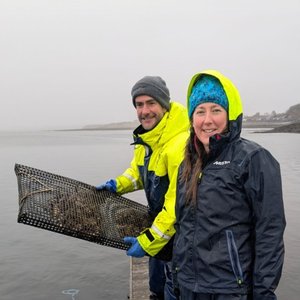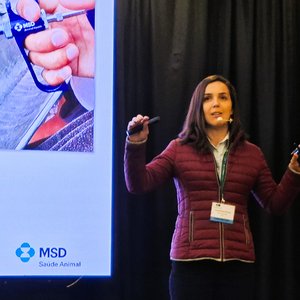Four specific guides to the control of parasitic fish diseases were published by the European ParaFishControl project. The series of guides to combating fish parasite infections in aquaculture aims to assist fish farmers in the detection of parasites affecting the main European farmed species.
The four guides, that can be downloaded for free, are focused in the following species and parasites:
- Salmon focusing on five parasites: salmon louse, Lepeophtheirus salmonis; Neoparamoeba perurans, the causative agent for amoebic gill disease; Ichthyophthirius multifiliis, the causative agent for fish whitespot disease; Saprolegnia parasitica, a fungus-like oomycete; and Tetracapsuloides bryosalmonae, the causative agent of proliferative kidney disease.
- European seabass and seabream focusing on five parasites: dinoflagellate Amyloodinium ocellatum, responsible for amyloodiniosis; Enterospora nucleophila, which causes emaciative microsporidiosis; Enteromyxum leei, that causes enteromyxosis; Sparicotyle chrysophrii, responsible for sparicotylosis; and Ceratothoa oestroides. More information about other ecto- and endo-parasites is also provided.
- Turbot focusing on the two parasites, the ciliate Philasterides dicentrarchi, which causes scuticociliatosis and the myxozoan Enteromyxum scophthalmi, that causes enteromyxosis.
- Common carp focusing on five parasites: Sphaerospora molnari, which causes skin and gill sphaerosporosis; Thelohanellus kitauei, recognized as the agent of intestinal giant cystic disease; Ichthyophthirius multifiliis, an economically important ciliate; Saprolegnia parasitica, a fungal-like oomycete; and zoonotic helminths.


